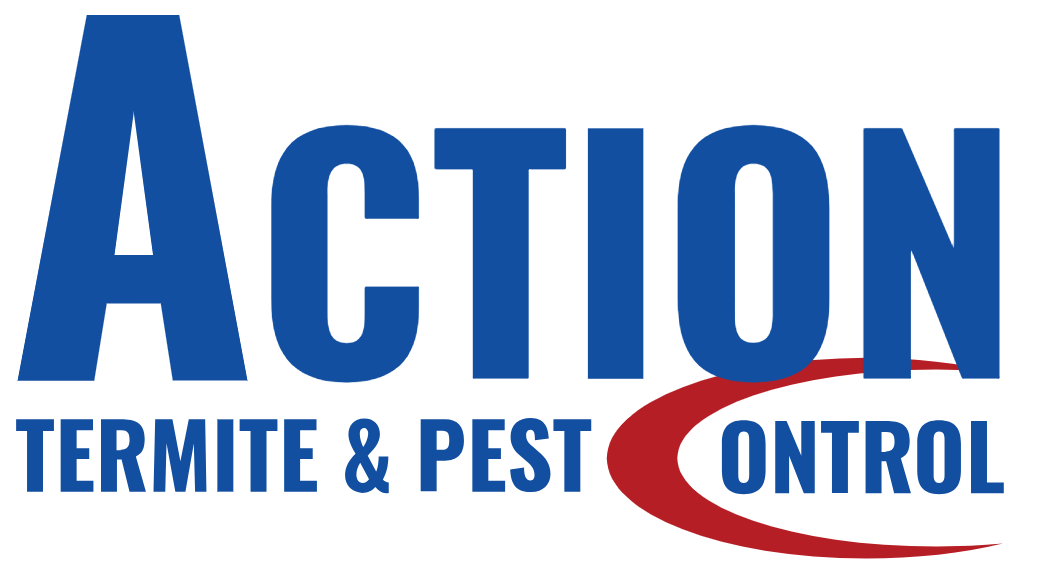Ever wondered why some pest control methods ensure happy bees fluttering away, while others leave a trail of distress and community outrage? With swirling debates on Facebook about bee removal strategies, how do pest control services truly handle a bee infestation?
The approach to bee removal varies significantly across pest control companies and beekeepers. They employ diverse techniques ranging from extermination to live removal, heavily influenced by misconceptions about species like honeybees and Africanized bees. Some of these removal services can be quite costly, especially if they include additional efforts such as removing leftover hive materials to prevent re-infestation.
Beekeepers often focus on capturing the queen bee to relocate the entire bee colony safely, advocating for bee conservation and honeybee protection. Public education plays a crucial role, emphasizing why bees should be safely rehomed rather than exterminated. These efforts reflect a growing awareness of the importance of protecting our buzzing friends while addressing practical bee hive removal concerns.
Key Takeaways
- Bee removal methods range from extermination to live removal.
- Public opinion on bee infestation strategies includes heated debates and misconceptions.
- Beekeepers aim to capture the queen bee to relocate the colony successfully.
- Pest control services may offer costly solutions including hive material removal.
- Educational efforts are essential to preserve bee colonies and promote honeybee protection.
Identifying a Bee Infestation
Spoting an early bee infestation could keep your home safe. You might see more bees flying near your house. They come in and out through small spaces, often near the roof, to build their hive location.
You might also hear a lot of buzzing inside your walls or in the attic. This could mean there’s a bee problem at hand. Getting stung often around your home also signals a bee infestation is likely. In this case, a professional bee inspection is a wise step to take.
Experts look for unusual bee flight and a lack of flowers to spot a problem. It’s important to tell bees apart from wasps. Finding where the bees’ hive location is can help with effective removal.
During a professional bee inspection, experts may find more symptoms like wax or honey leaks. Responding quickly to these signs can prevent expensive damage. It’s also safer for both your property and the bees.
Initial Assessment by Pest Control
When pest control first looks into a possible bee problem, they do a pest control inspection. They look very closely to find out the exact type of bee, which they call bee species identification. Different bees act and look differently, affecting how they’ll deal with them.
Once the type of bee is known, they check out the bee colony assessment. The experts look at the colonies’ size and where they are. Bees like to live in quiet, dark places, like inside walls or chimneys. Spotting their nests is key during the inspection.
The last step involves finding the nests, known as nest identification. Pinpointing these helps them understand the risks and plan their response. They learn about where bees usually nest and the dangers each type might pose. This makes their approach both effective and safe.
Methods Pest Control Use to Remove Bees
Pest control experts use many methods for bee removal. These methods are chosen based on the type of bee found. Each way is picked to be more effective and safer. For example, the smoke method makes bees leave their hive without hurting them. It works because bees leave their hives when they smell smoke.
They also use a scare tactic that uses loud sounds and bright lights. This can keep bees away from certain places without facing them directly. It makes removing the bees less risky and not bothersome.
Sometimes, using pesticides for bees is needed. But, experts are careful not to harm the environment. They make sure these chemicals are used right, just where the bees are, not everywhere.
Hive dismantling is also a key way for hard-to-reach hives. This means taking buildings apart a bit to get to the hive and remove it safely. In very tough cases, controlled fires are used to take hives apart without hurting anything.
Bees, like honey bees and carpenter bees, need different plans. Honeybee hives might be moved because they’re vital for the environment. But, carpenter bees, which can damage the home, might need quicker action.
- Utilizing smoke method for hive evacuation
- Applying scare tactic with noise and light
- Using pesticides for bees carefully
- Implementing precise hive dismantling for thorough bee removal
The Importance of Removing the Hive
Removing a whole bee hive is key. It stops them from coming back. It also helps keep buildings sound. If you don’t take out a bee hive, honey inside can go bad. This brings ants and rodents, making things worse. It can also damage the building and make it look bad.
Expert extraction is vital for saving honeybees. It ensures bees are not killed and are moved safely. Removing bees this way cares for the environment. It follows efforts to keep bee numbers up and nature in balance.
Getting rid of hives stops future problems. It means buildings stay safe and people healthy. A good removal job by experts saves money and trouble. That’s why taking out bee hives is so important.
The Differences Between Extermination and Live Removal
When you have a bee infestation, you can either remove them alive or exterminate them. It’s important to look at extermination vs. live removal to see how it affects the bees and the area where they live. Extermination uses chemicals that can hurt the environment. But, removing them alive protects the bees and moves them to a new home safely.
Some people don’t know the rules about getting rid of bees and what it does to the environment. In some places, you have to choose ways that don’t harm the bees. Using Bee conservation methods and ethical bee removal helps the bees and the environment grow better.
Taking steps to protect bees can keep their numbers up. Moving them alive to a new place helps them keep pollinating and supporting life. Knowing about these options can help us make caring choices when we face a bee problem.
Choosing the Right Pest Control Company
Finding the right bee removal service requires looking at key elements. First, check if the pest control team is qualified. This means they know about bee behavior and the best ways to remove them safely and legally.
Experts in bee removal do more than just take care of one infestation. They also ensure bees stay away. Sometimes, they’ll work with beekeepers to move the bees instead of hurting them. This is good for the environment and protects certain types of bees.
It’s also smart to read what other people have said about the company. Reviews and feedback can tell you if the service is dependable. A good company will show you their papers and licenses. This shows they keep up with top standards.
- Expertise: The company should demonstrate expertise in handling different bee species and scenarios.
- Experience: Look for experienced bee exterminators who have successfully managed similar cases.
- Ethical Practices: Prefer companies that work with professional beekeepers to ensure ethical and safe bee relocation.
So, when picking bee removal help, look at their skills and the way they work. Making a good choice not only solves your problem now. It also helps with keeping bees protected.
Conclusion
It’s vital to manage bees responsibly for both human safety and bee numbers. The big lesson is to choose pest control methods that are good for the bees first. Bees are key for pollination and keeping our environment balanced, so we must manage them with care.
Dealing with a bee problem requires picking the right pest control team. Look for those who remove bees without hurting them or the environment. This helps keep our homes safe without damaging bee populations, keeping the ecosystem healthy.
In conclusion, it’s not just about fixing bee issues for now. It’s also making choices that are good for nature in the long run. Teaching people about bees and the right way to remove them is crucial. Choosing the right pest control means we help bees thrive for the future.

 BED BUGS
BED BUGS SCORPIONS
SCORPIONS RODENTS
RODENTS BEES
BEES MOSQUITOS
MOSQUITOS TAP INSULATION
TAP INSULATION PEST PROTECTION PLAN
PEST PROTECTION PLAN


